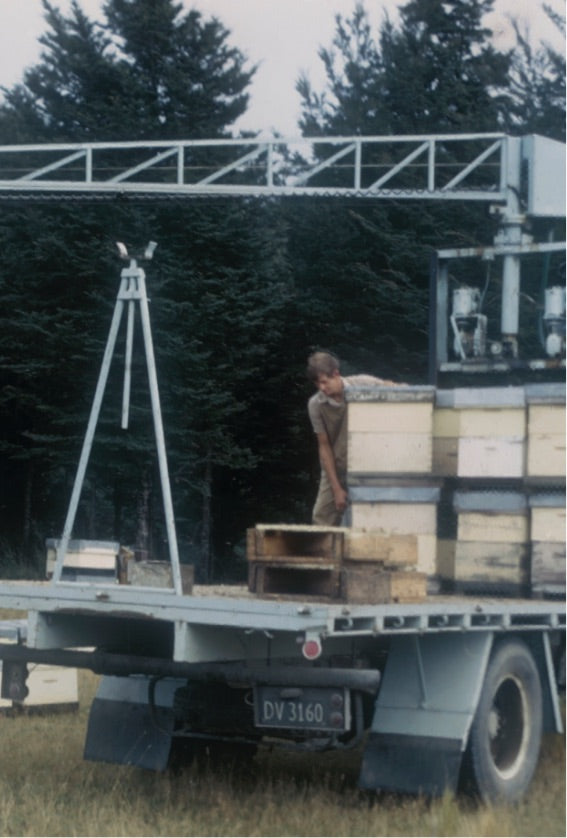Our Story
Three generations of the Bray family have shaped Airborne’s cultural roots. Each generation has built on the company's spirit of creativity, flexibility and enthusiasm. Everything, in fact, that's at the heart of our philosophy and culture today.
Airborne Honey Ltd commenced commercial operations in 1910 on Banks Peninsula, lying in the East coast of the New Zealand and was founded by William Bray and his partner, Alfred Barrett. Barrett and Bray operated apiaries of 30 - 50 hives in the many bays and inlets on the Peninsula and produced a number of native honeys on the rugged terrain. Their first hives were taken over to this area by bullock wagon and the two families were able to earn a comfortable living from 300 hives. Handling of the finished product was also very laborious, as this was before motor vehicles and mechanisation were readily available.
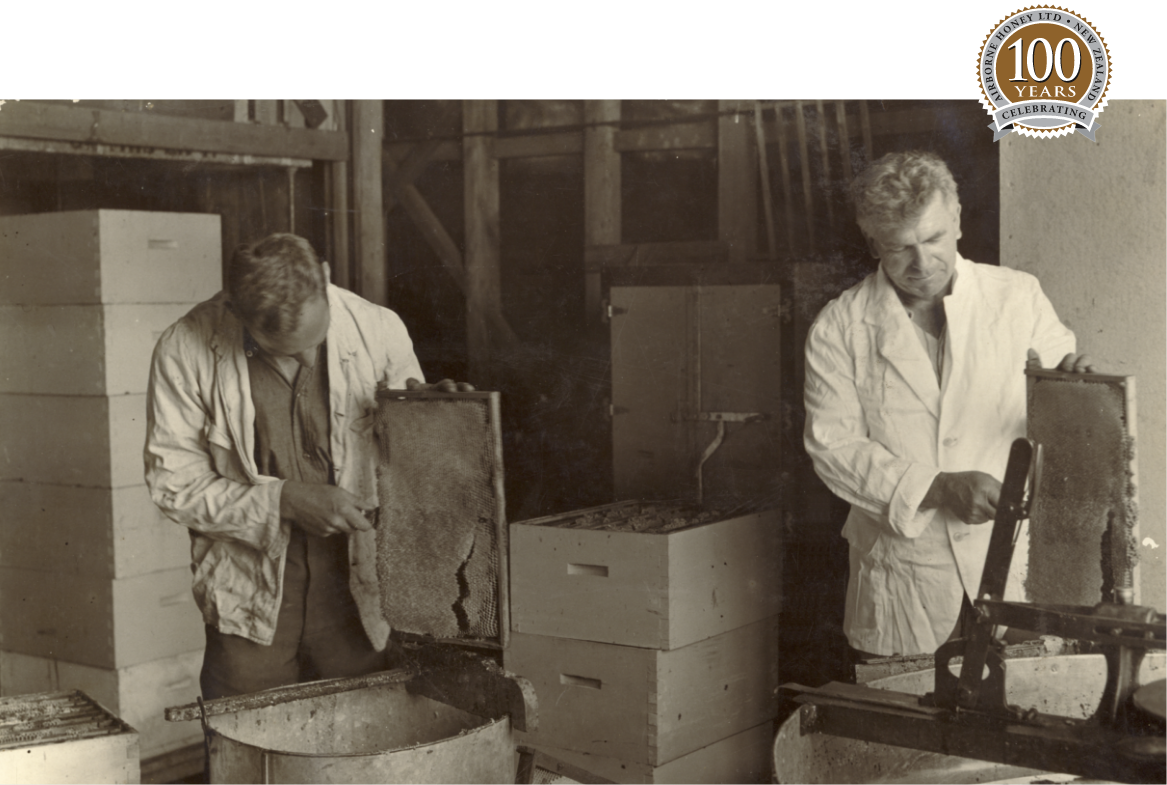

Early in New Zealand's food industry, honey was not readily accepted as a food source due to poor presentation and packaging.
The two partners could see that honey had to be promoted as a food that was healthy and nutritious. They took space at shows giving tastes on water crackers, set up displays in shops, gave talks to schools, produced recipe books, etc. All this took a lot of time and money but today New Zealanders consume more honey per head (1.65 kilos per annum) than any other nation. In 1926 two brands of honey were registered, "Meadow" and "Airborne". Meadow was a light amber and Airborne a white clover honey. The Airborne brand is now the oldest surviving brand of honey in New Zealand.
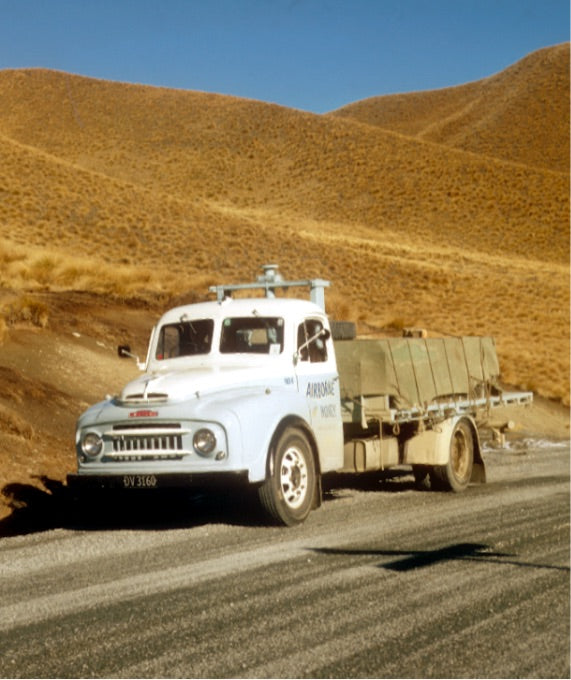
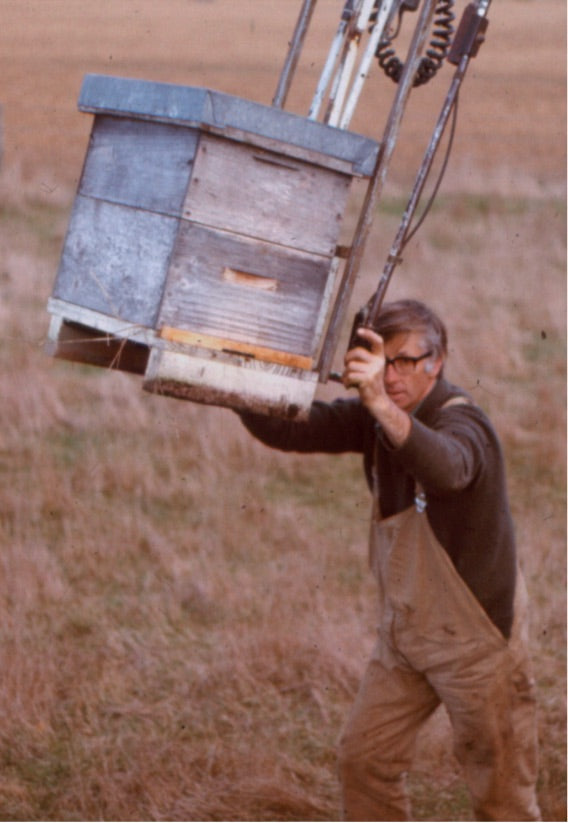
The Move to Leeston
Around this time it was decided to move the operation to the present site at Leeston on the Canterbury Plains where a processing and packing plant was built in the late 1920's. The design for this building was a function of the technology of the time. Pumps for food were rare and costly so the building was built with two storeys with an early industrial lift that enabled all the honey, mostly in bee boxes (supers) for extracting, but later in 60 lb tins, to be raised to the top floor where it was either extracted (supers) or melted out (tins) and then gravity was harnessed to drain the honey down to the lower floor through warmers and strainers to enable processing. Today with electric motors, stainless steel pumps and modern processing equipment, we wonder what all the fuss was about!
Bray & Gosset Ltd.
After WW II, Alf Barrett retired and Jasper Bray took over his interest in the firm which now became W.B. Bray & Son. In 1950 Arthur Gosset, who had been with the firm for 16 years, joined the Partnership when W.B. retired. In 1957 the partnership was formed into the limited liability company of Bray & Gosset Ltd.
Airborne Orchards - Airborne Road
When W.B Bray retired he moved North to Albany (now part of greater Auckland) and started an orchard which he named "Airborne Orchards". When this was eventually sold, the new owner retained the name and Airborne Orchards became a well known fresh vegetable roadside store at Bush Road Albany that also sold Airborne Honey. As urbanisation encroached on the area, Airborne Orchards was subdivided and turned into an industrial area. However a new road was created and named "Airborne road" in recognition of the history of the area.
By this time the company was running 4,000 hives when Peter Bray joined the company in 1980 following two years training in beekeeping at the Queensland Agricultural College at Gatton in SE Queensland Australia. When Arthur Gosset retired in 1982, the company name was changed from Bray and Gosset Ltd. to the present Airborne Honey Ltd.
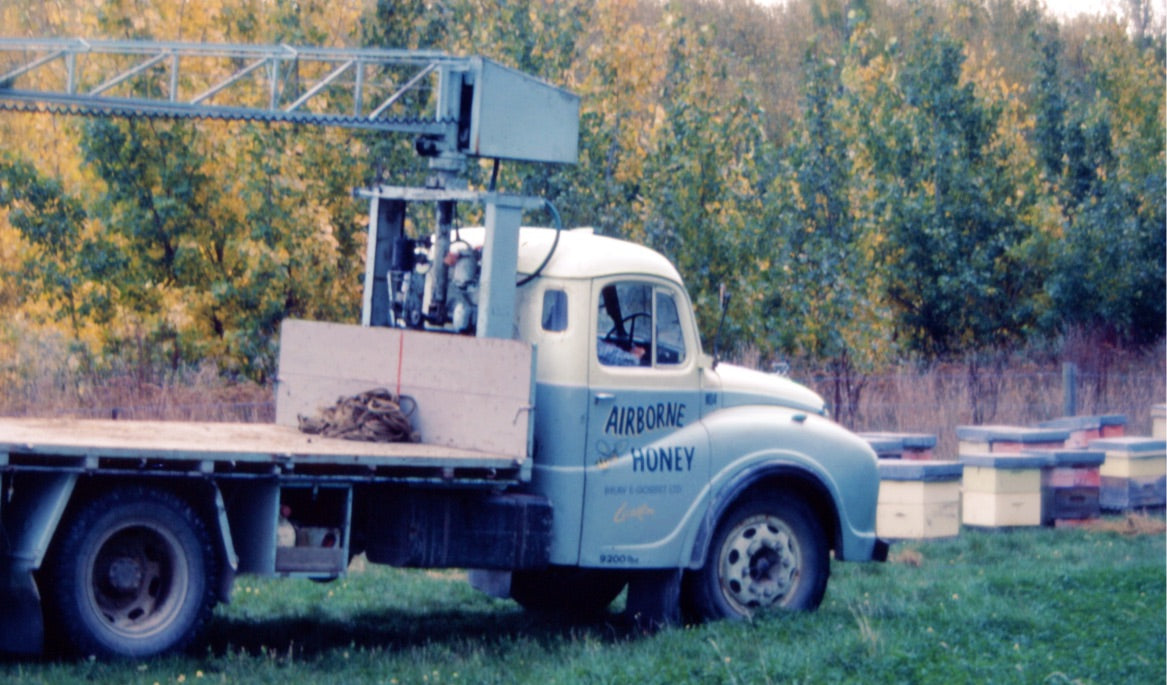
The beekeeping operations increased in size to peak at 6,000 hives in 1990. Prior to 1982, all New Zealand honey exports were controlled by the government through The NZ Honey Marketing Authority (NZHMA). This organization had been blessed with cheap government money and an income from a levy applied on all honey packers in the country. When these two crutches came to an end with a change in sentiment from the government of the day the NZHMA's days were numbered. With the closure of this producer board, exports were liberalized and Airborne started to pioneer the export market. This led to the development of an in house laboratory to ensure the quality required to meet the export markets, and the knowledge gained from this exercise started to give the company new directions. Comb honey products were added, along with new varieties of packed honey.
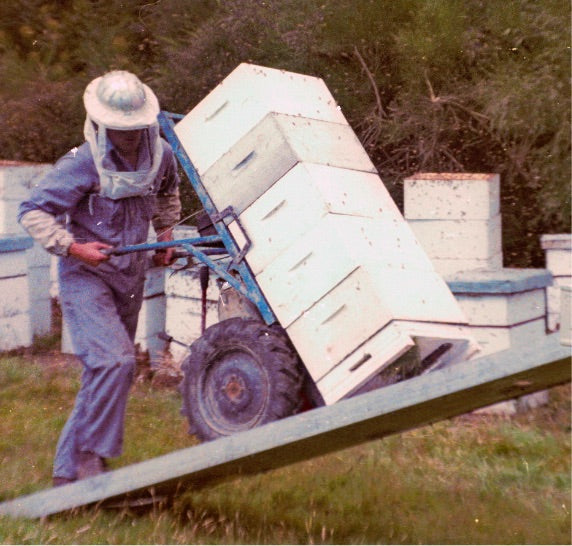

In 1997 it was decided to sell out of the hive operation, giving opportunities to owner operators of some of the original (and best) apiary sites in Canterbury.
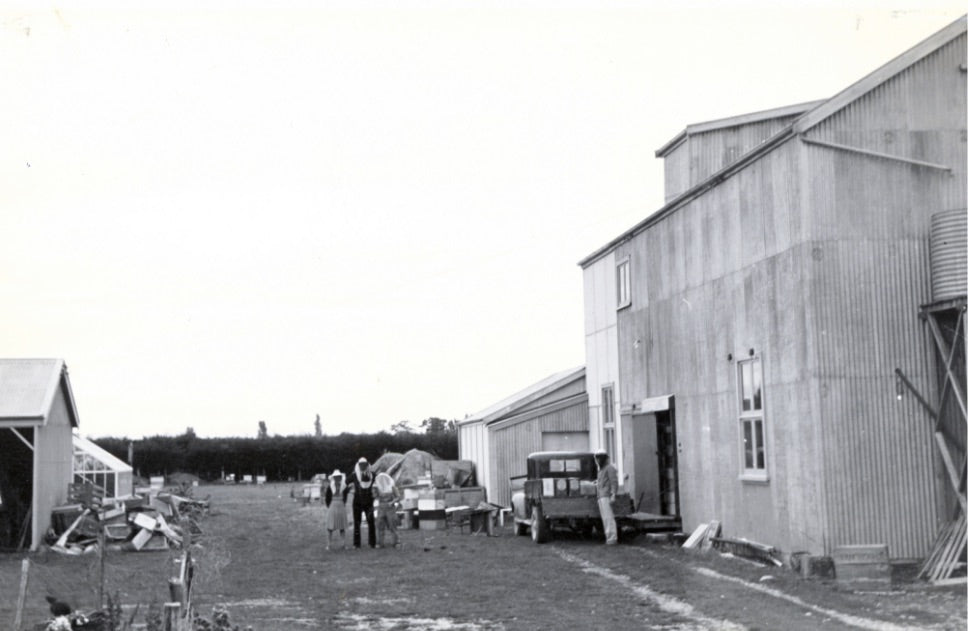
Processing and marketing became the primary focus of the company.
The company has always been a family concern with William Bray's son, Jasper, taking over to be followed in turn by grandson Peter Bray who is currently the company's managing director.
From this early beginning the company grew in size to where it is now one of the the largest honey processing and exporting companies in New Zealand with exports comprising around 25% of business. The early philosophy of high quality and good presentation continues today.

The in house laboratory is unequaled in New Zealand from which product analysis integrated with in-house software that captures all facets of the product as it flows through the Airborne process.
Airborne products routinely have the lowest level of heat damage in the New Zealand market and the ability to trace product from a batch number back to each individual apiary (site of hives) and print a map of New Zealand showing these, are just some indicators of the level of technical expertise applied in the business. Today Airborne is the technical leader in the New Zealand honey industry.
